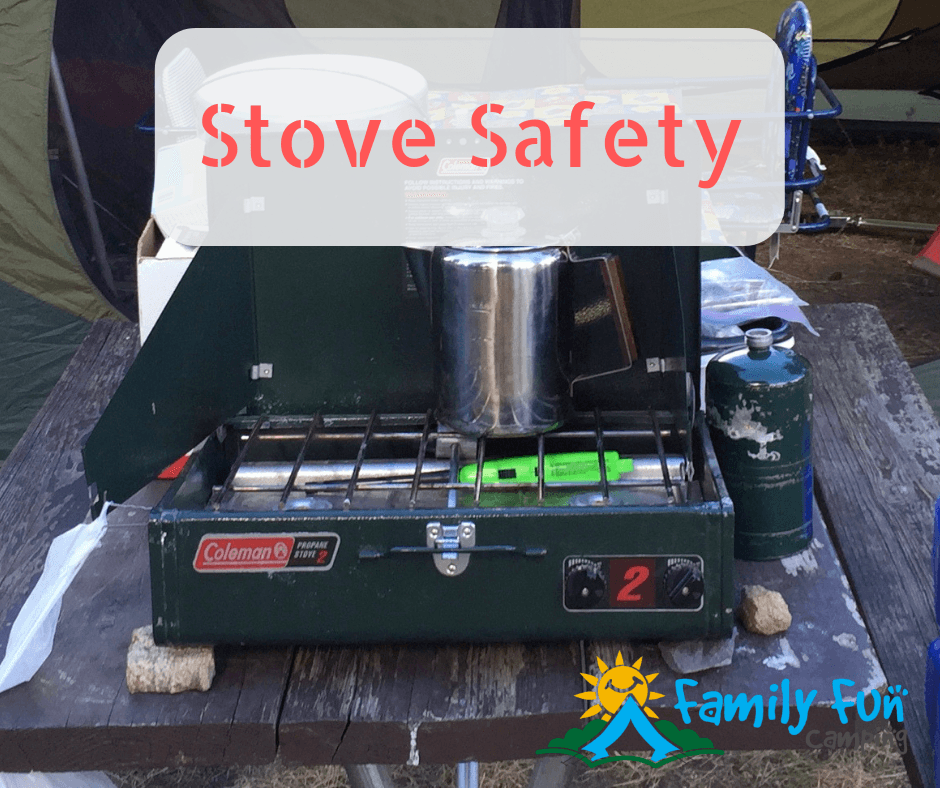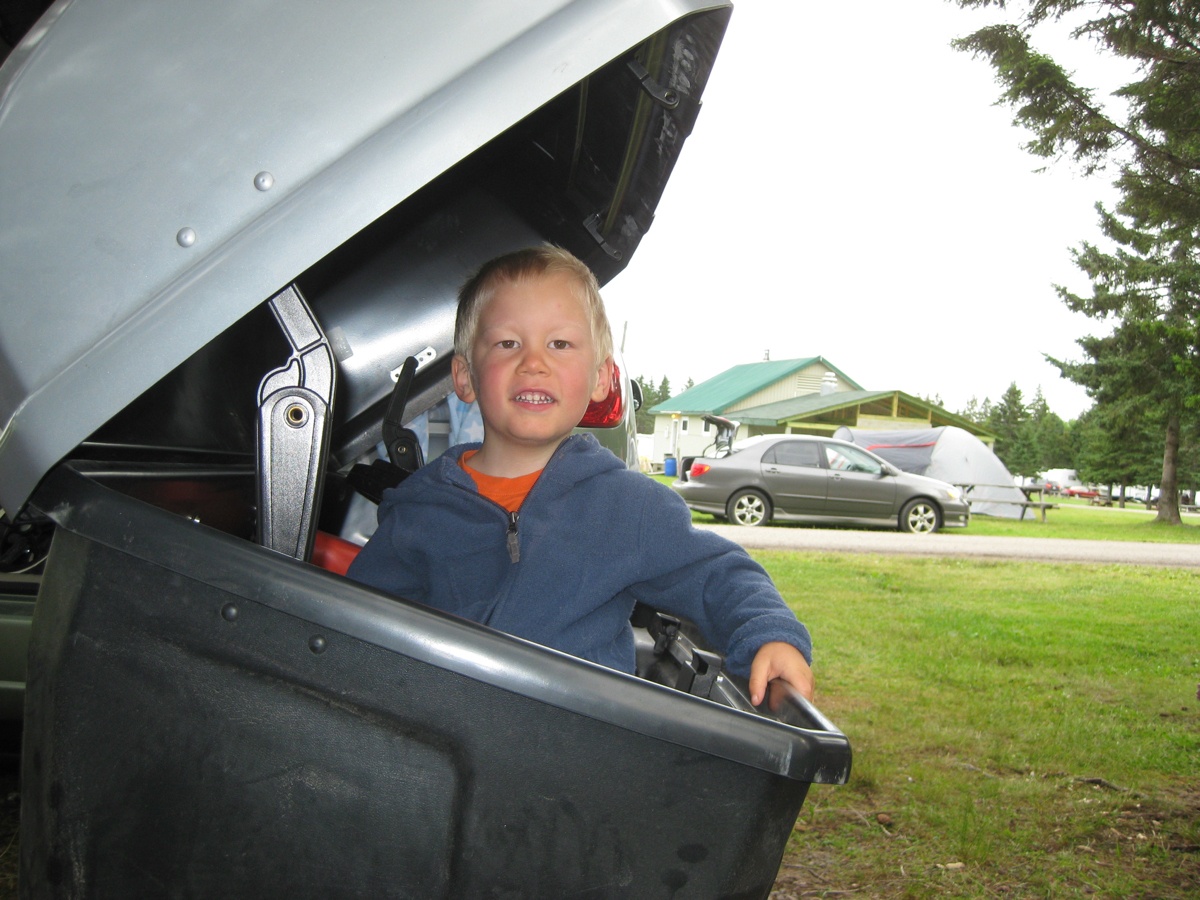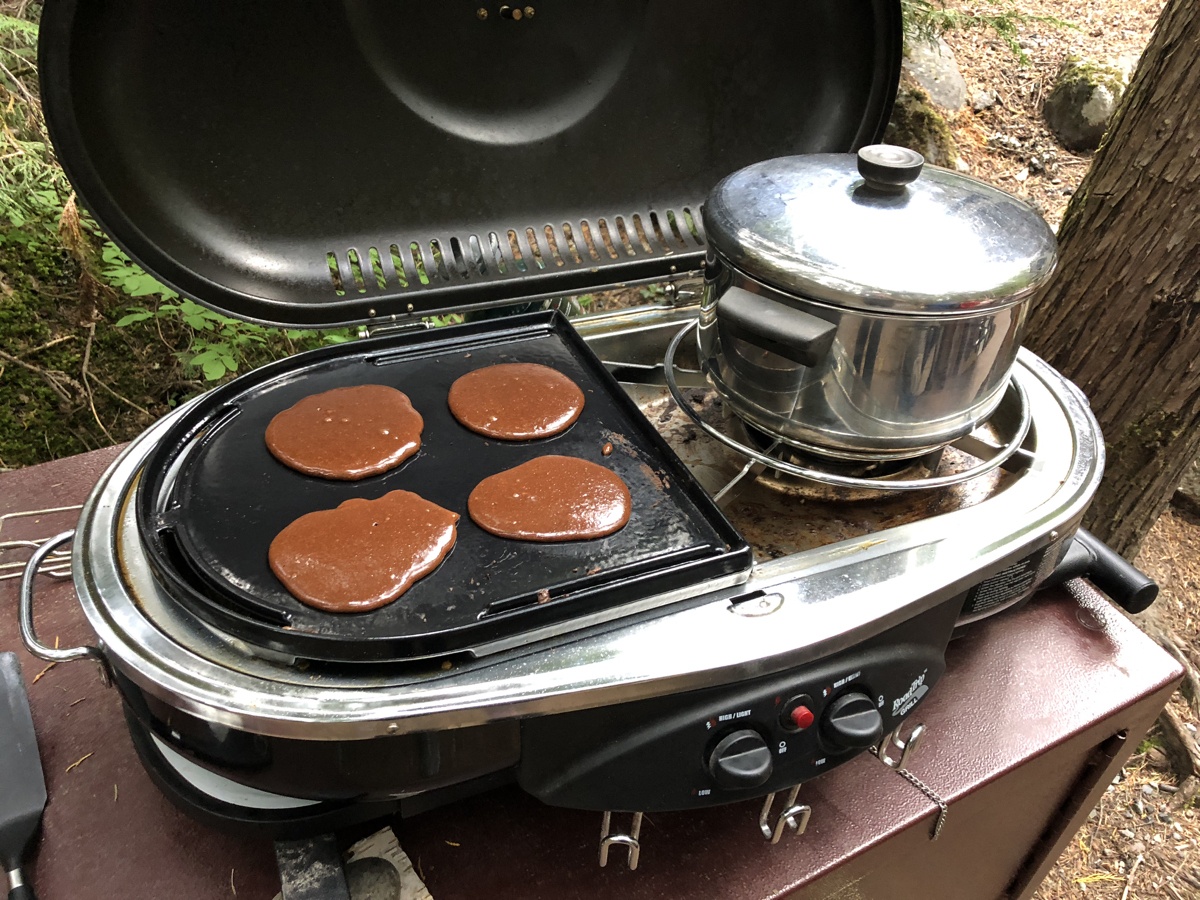How To Safely Cook With A Camp Stove
If you have camped or going to camp then you probably have a stove. Camp cooking safety is the same no matter what camping stove you have. As camp stoves come in all sorts of sizes and abilities. Here are some general safety guidelines when using a camp stove.
More...
1. Camp Stove Storage
While Traveling
Where to pack the camp stove in the Car? Will you use it during your trip to the camping spot and/or need it first thing upon arrival?
If the answer is yes then it must be packed where you can get to it during a trip.
If the answer is no then simply pack the stove deep in your car.
While Camping
Does your campsite allow you to leave your stove out all the time? Some campsites you may leave the stove out on the picnic table and others you must put in a bear box or back in your car.
2. Camp Fuel Storage
Other than this try to store the fuel close to the stove as if you use one you will need the other.
The camp fuel may be stored anywhere in your car. The main concern is if the camp fuel is liquid. If Liquid it must be stored in such a way it can’t fall over and leak or leak out the top.
3. When Adding Fuel
Canister Fuel
When installing a canister type fuel to your stove the main concern is screwing straight. When you start screwing the canister on go slow. If it gets hard to screw unscrew and screw again as you don’t want to cross-thread. you can simply take a step back and look and see if it looks threaded straight normally.
Liquid Fuel
When installing liquid gas into a stove I like to add the gas over the campfire pit. Therefore if any gas spills in anyway it goes straight into the fire pit and not on yourself, table, or kill vegetation. Make sure all lids are secure when finished.
4. Lighting Your Stove
I have just about lost my eyebrows a couple of times trying to light my stove. This past summer it was the hair on my knuckles that was singed. I am experienced and yet still have issues with this but have learned some tips.
- When lighting don’t put your face down to see if the stove is lit. Yes I was foolish enough to put my face down a couple times to “look” and then poof it lights.
- Look from a distance and feel with your hand if the stove is lit.
Why the explosion? When lighting and you hear the tick tick tick most likely gas is being released and not lit for whatever reason. Gas is heavier than oxygen and thus stays low therefore it remains around the burner.
So if the stove hasn’t lit for a couple tries the gas is hanging around and once a spark happens it can ignite the gas in the area and cause a small explosion. The word explosion is a little extreme but that’s what it is.
The explosion happens once and is done and will not explode the stove or anything crazy. (at least I’ve never heard of that and don’t think so)
It is always a good idea if the stove doesn’t light to blow out the gas from around the burner so no small explosion happens.
5. Stove Location
Choose a location for your camping stove that makes sense for safety and cooking. The location should be sturdy, free from any materials that may ignite on fire or melt (beware the tablecloth or plastic), easy for people to get around and not trip into it or because of it and a place that doesn’t take away all your seating.
As our family has grown the picnic table isn’t always the best as we need it for eating at instead of cooking from.
6. During Cooking
Have a oven mitt or towel handy to grab the pot or pan. Often camping cooking handles are not strong nor sturdy and often do goofy stuff when picking up a pot or pan. Camp cooking pans and pots are generally made to be compact therefore the handles are tricky.
Also think ahead and have another plate ready to put things on you are cooking. The urge is to leave and grab something. Do not leave the area to get something once you start cooking, ask for help.
Accidents usually happen when cooking on a camp stove because the stove is unattended.
Also think ahead where the pot/pan will be kept so it doesn’t burn a hole in tablecloth, table, etc.
7. After Cooking
Stove is hot so let it cool before cleaning it up. It is best to clean the stove after each use so it is ready to use next time.
Following these steps will help you have a safe and enjoyable camp cooking experience. Let us know in the comments below what you do to keep safe while cooking. Have you ever lost your eyebrows?



